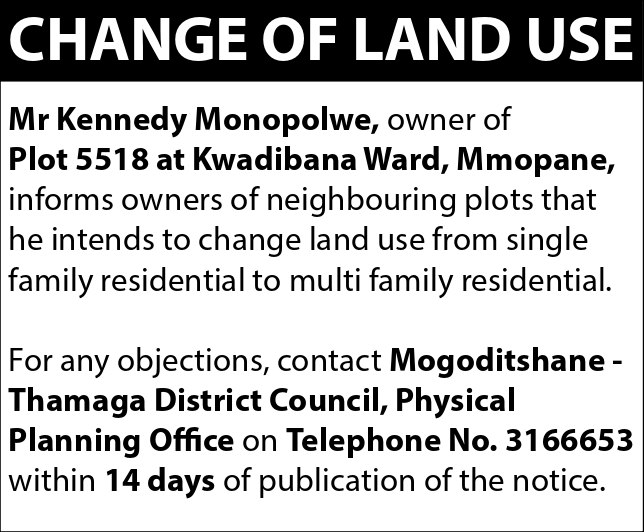- 2019 production guidance revised downwards
- Demand uncertain due to US-China tensions
KEABETSWE NEWEL
Diamond mining conglomerate, De Beers, announced that rough diamond production decreased by 14 percent to 7.7 million carats, driven by reductions in Botswana (Debswana) and South Africa (DBCM), for the 2019 second quarter (q2).
According to the company’s Q2 production report, production guidance for the 2019 full year has been revised downwards to 31 million carats in response to weaker trading conditions.
Debswana production decreased by 9 percent to 5.7 million carats. This was driven by a decrease at Orapa (Q2) of 23 percent to 2.5 million carats following a planned plant shutdown brought forward from the second half (H2) of 2019 that impacted production late in the first quarter and early in the second quarter, according to Anglo American CEO Mark Cutifani. Anglo owns 85 percent shares in De Beers.
Further, production at Jwaneng increased by 7 percent to 3.2 million carats, driven by an increase in tonnes treated. De Beers also has operations in Namibia, South Africa and Canada. Namibia (Namdeb Holdings) production decreased by 35 percent to 0.3 million carats, driven by Elizabeth Bay transitioning into care and maintenance in Q4 2018 and planned maintenance for the Mafuta Crawler vessel.
South Africa (DBCM) production decreased by 44 percent to 0.6 million carats due to lower mined volumes at Venetia as it approaches the transition from open pit to underground. In addition, Voorspoed production came to an end as it was placed in care and maintenance in Q4 2018 in preparation for closure. Canada production decreased by 9 pertcent to 1.1 million carats due to planned lower grades at Gahcho Kué. Victor production decreased by 4 percent to 0.2 million carats as it reached the end of its life during Q2 2019.
Rough diamond sales were 9.0 million carats (8.3 million carats on a consolidated basis) from three sales cycles compared with 10.0 million carats (9.4 million carats on a consolidated basis) from the same number of sales cycles in Q2 2018. Cutifani said demand for rough diamonds remains subdued as a result of challenges in the midstream with higher polished inventories and caution due to macro-economic uncertainty, including US –China trade tensions.
The 2019 first half average realised rough diamond prices decreased by 7 percent to $151/carat (H1 2018: $162/carat), which was driven by a 4 percent reduction in the average rough price index and a change in the sales mix in response to weaker conditions.




